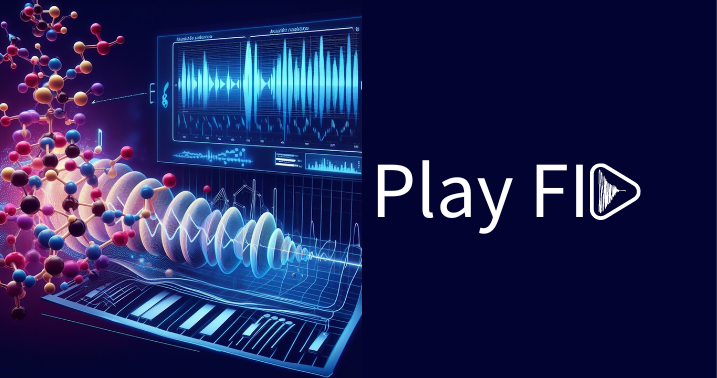GSD: Applications on DOSY processing and Peak Alignment
This tutorial demonstrates the application of GSD in DOSY processing using the Peak Alignment option. Spectral overlap is a well-known challenge in DOSY processing, but since GSD can significantly increase spectral resolution, it should, in principle, be possible to run GSD on all individual PFG NMR experiments. This process creates a new mock arrayed experiment with improved resolution. Next, we can apply the bayDOSY transform to achieve superior results in the generated DOSY plot. Let’s see how it works in Mnova. Simply load a standard PFG experiment to get started
Next apply GSD to all 1H NMR spectra.by just clicking on the GSD icon of the toolbar. In the figure below it is shown the result for the first trace
Next, create a new ‘synthetic’ arrayed experiment. For example, in this case we have used a uniform line width = 0.3 Hz. In the figure below it is compared the GSD spectrum (top) with the original one (bottom) for the first trace in the PFG experiment
If we now apply the bayDOSY transofrm, we should expect a nice DOSY plot. But the result is rather dissapointing:
The reason of such long tails in the diffusion dimension is the Peak misalignment. To see this misalignment, we can change the view to the overlaid mode:
In PFG experiments (as it also happens with biofluids spectra), there exist some minor peak shifts from spectrum to spectrum. Furthermore, if we increase the resolution of these spectra (e.g. via GSD), this peak misalignment would appear to be more relevant. So, we should align the peaks before the bayDOSY transform. To do it just select the signals that you want to align by using the manual integration feature and next following the menu ‘Analysis/GSD/Align GSD Peaks’ (or by selecting this option in the GSD scroll down menu of the toolbar). Here we can see the result of this alignment:
Once the spectra have been aligned, we can create a new ‘synthetic’ arrayed experiment with GSD (for example, in this case we have used a uniform line width = 0.3 Hz spectrum) and finally apply the bayDOSY transform. Now the result is much better and the signals are well defined:
Of course the Peak Alignment can be applied not only to PFG experiments. For example, it might be useful with Metabonomics data too.









